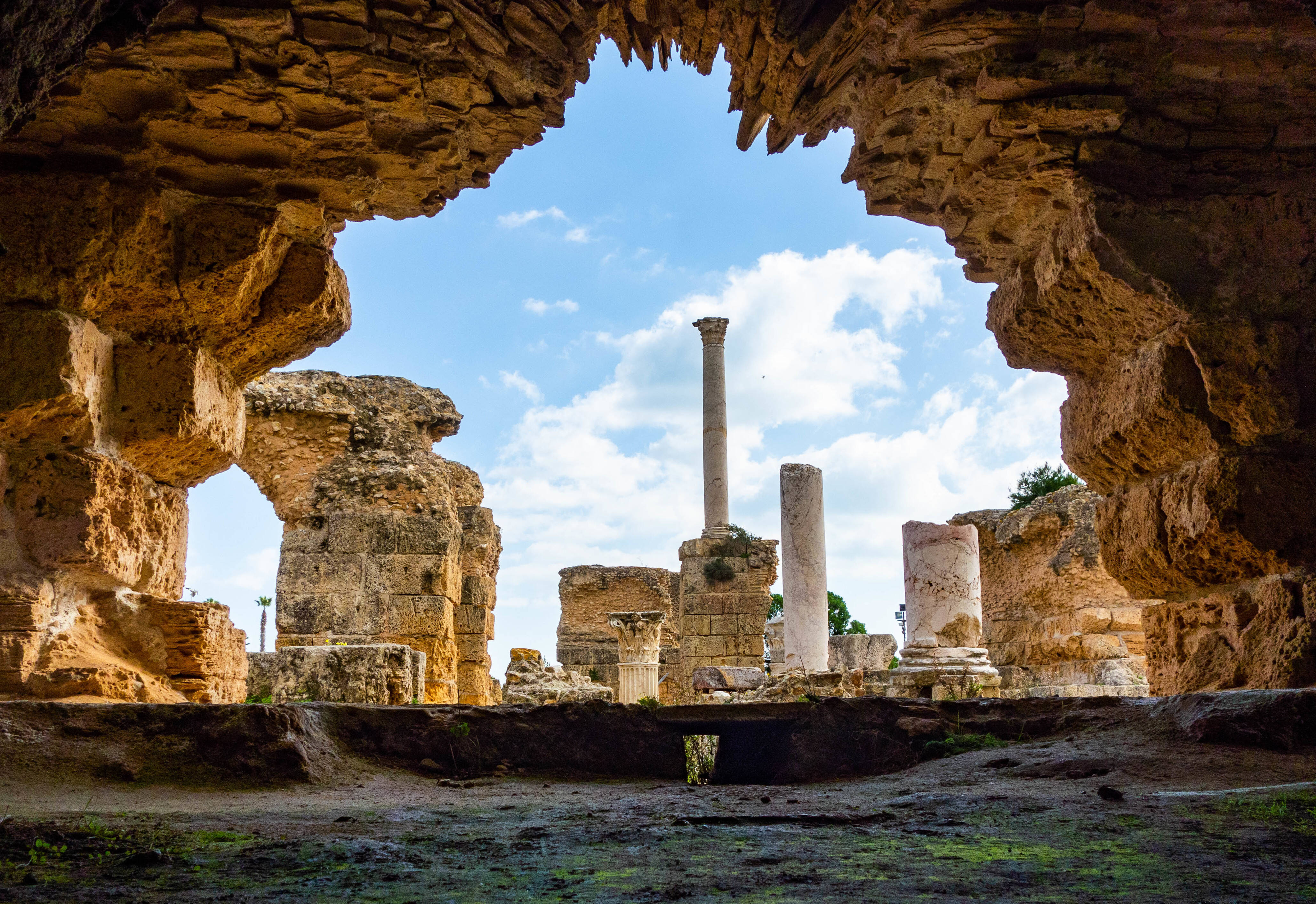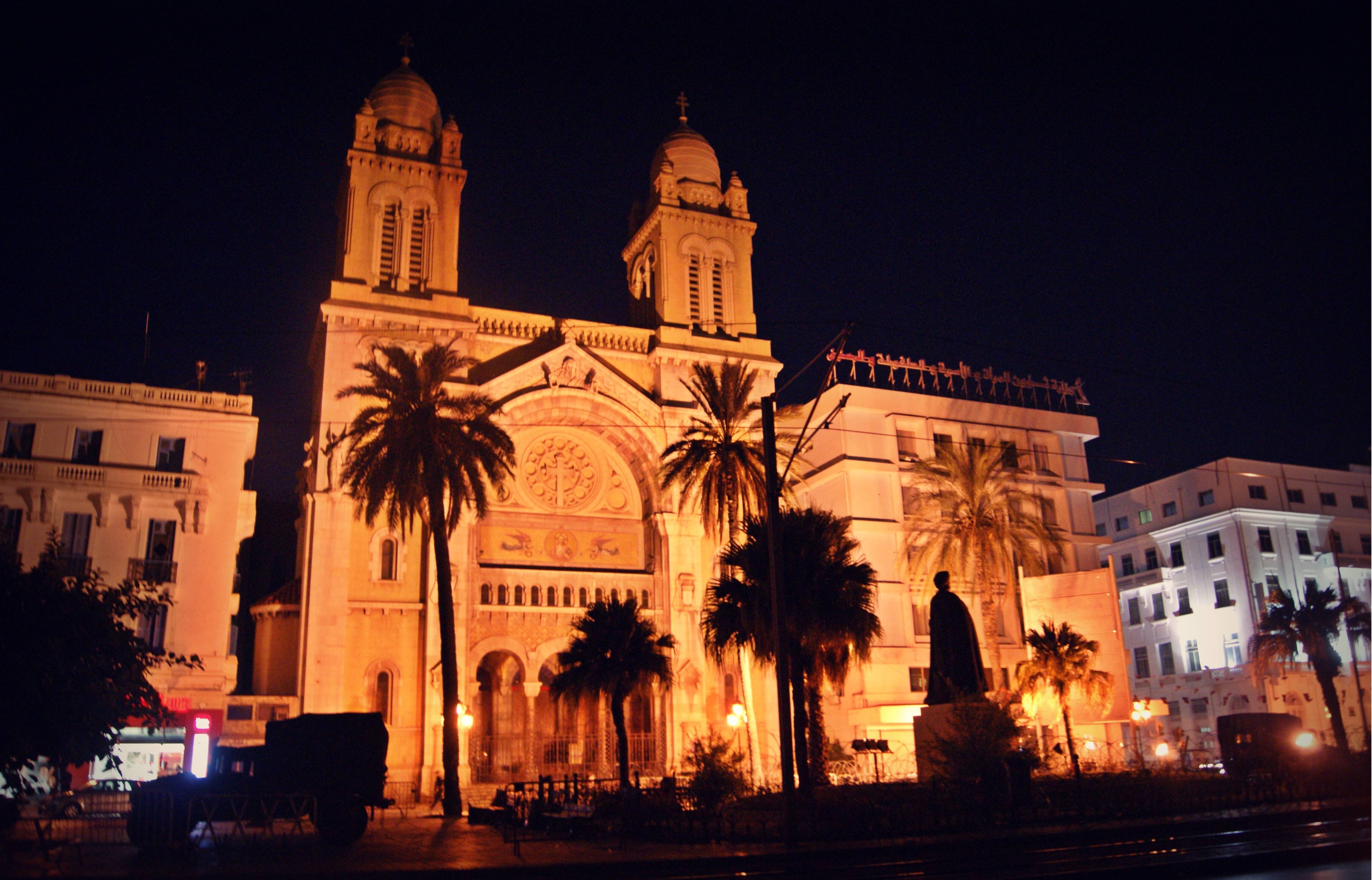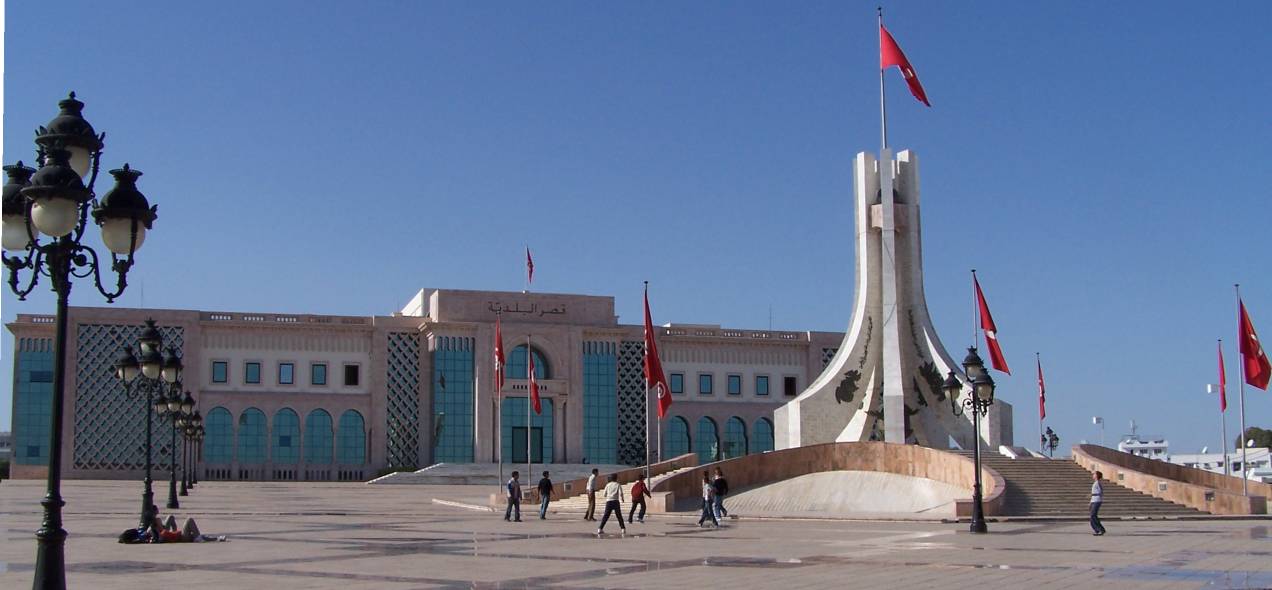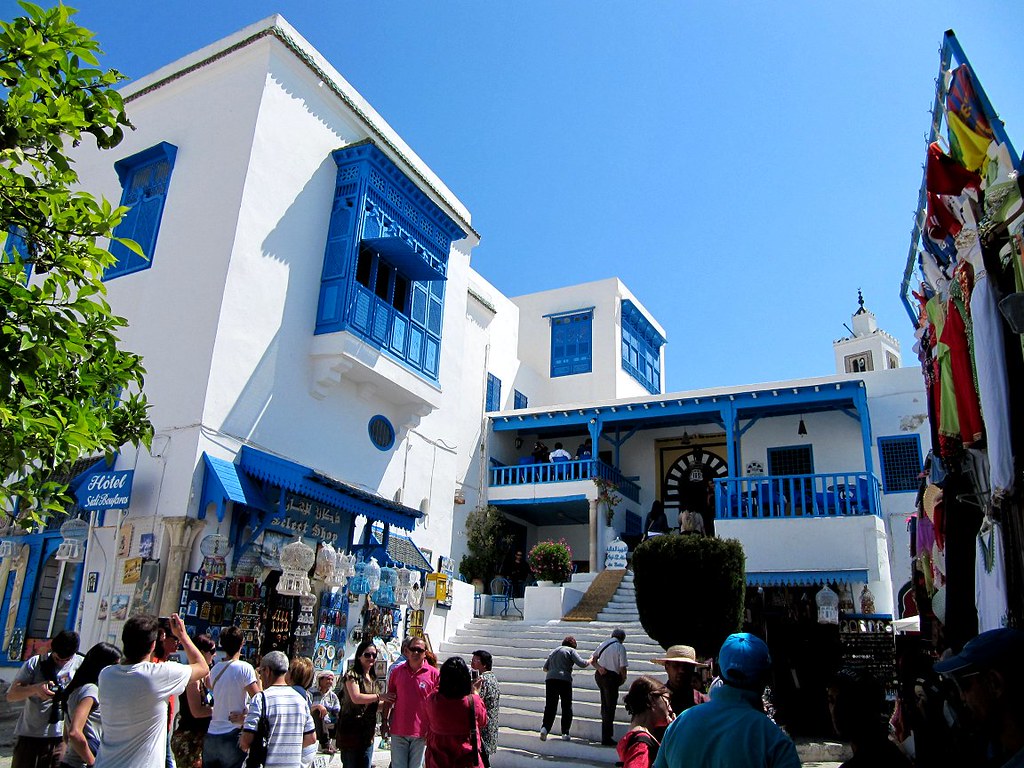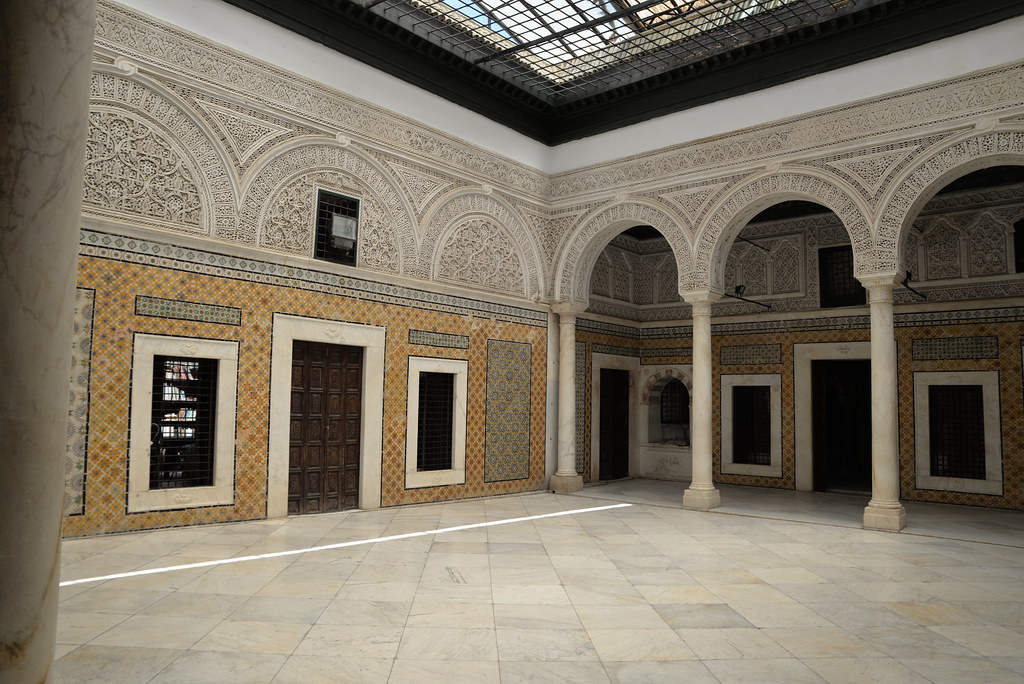Tunis is the capital of Tunisia and offers a range of must-see attractions. Notably, the ruins of Carthage are easily accessible from the city, and the Punic ports are also interesting. Tunis features a captivating blend of old and new, including colonial French architecture. The souq and the medina are among the most authentic and hassle-free in North Africa.
Tunis is divided into two main areas: the World Heritage-listed old city, known as the medina, and the new city (Ville Nouvelle in French). Avenue Habib Bourguiba is the main thoroughfare in the new city, stretching from the Clock Tower to the Cathedral of St. Vincent de Paul. It then becomes Avenue de France, which continues for a few blocks before ending at Place de la Victoire and the Port de France, a prominent gate that once served as the entrance to the medina.
The Port de France (Bab Bhar) is also a good entry point for exploring the medina. Rue Jemaa Zaytouna leads past many shops to the Zaytouna Mosque, the main mosque of Tunis, located at the heart of the medina. Running diagonally to Rue Jemaa Zaytouna and also accessible near the Port de France is Rue de la Kasbah. This street extends through the medina to Place du Gouvernement and the Place de la Kasbah, a large, open square with heavy security. Navigating between these two streets is relatively straightforward within the labyrinthine medina, making it easy to orient yourself and find an exit. Rue Jemaa Zaytouna is a better entry point from the Port de France at night, as it remains relatively well-traveled, whereas Rue de la Kasbah is more active after dark near Place de la Kasbah. [source: Wikivoyage.org]
